Home>Furniture & Design>Bathroom Accessories>How To Make Your Bathtub Non-Slip
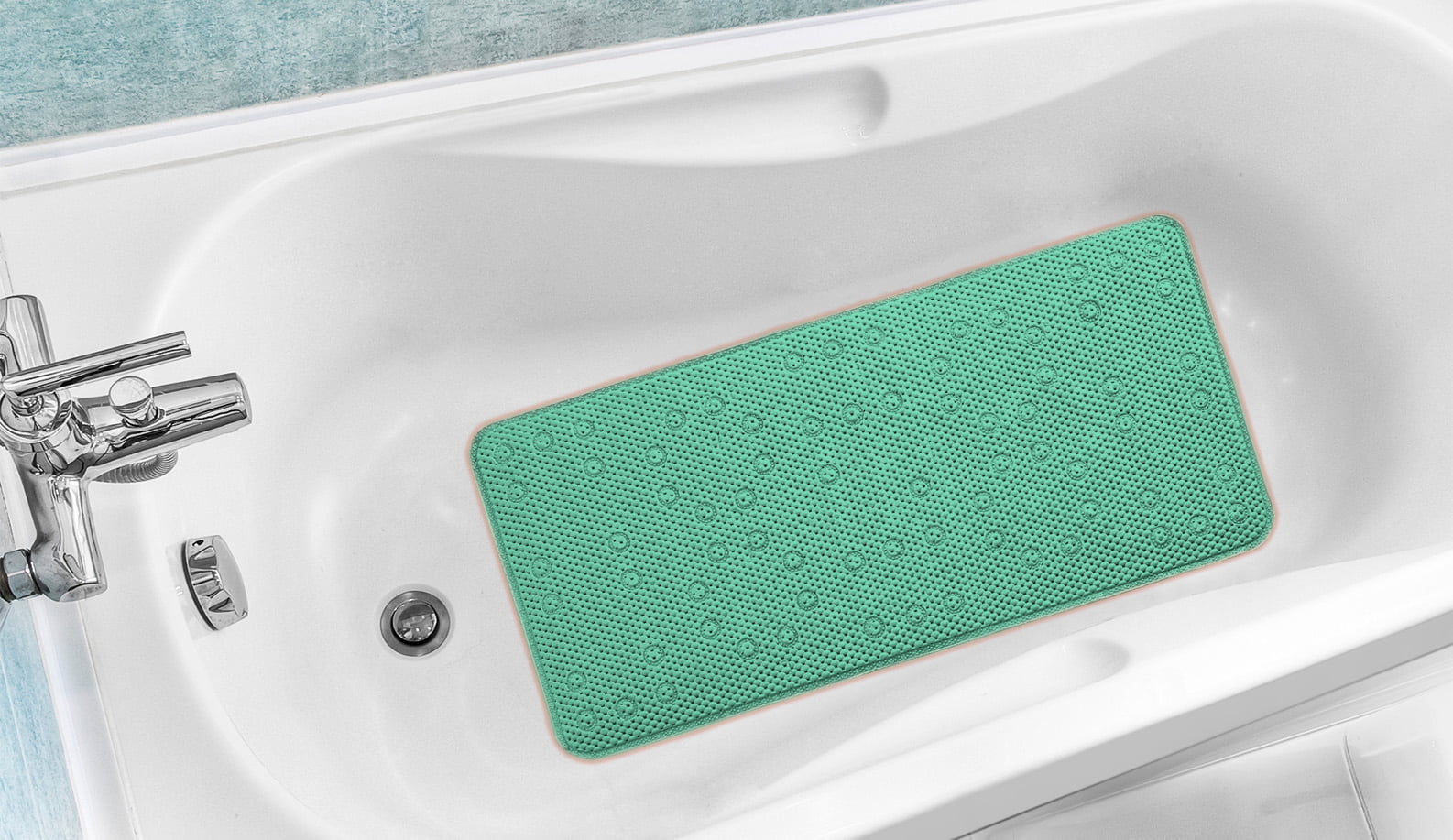

Bathroom Accessories
How To Make Your Bathtub Non-Slip
Modified: March 25, 2024
Learn how to make your bathtub non-slip with the best bathroom accessories. Keep your family safe and prevent accidents. Easy and effective solutions.
(Many of the links in this article redirect to a specific reviewed product. Your purchase of these products through affiliate links helps to generate commission for Storables.com, at no extra cost. Learn more)
Introduction
A relaxing soak in the bathtub is a cherished ritual for many, offering a tranquil escape from the hustle and bustle of daily life. However, the serene ambiance can quickly turn into a nightmare if the bathtub surface becomes slippery. The potential for accidents in a slick bathtub is a genuine concern, especially for households with children, elderly individuals, or individuals with limited mobility. Fortunately, there are effective methods for transforming your bathtub into a non-slip haven, ensuring safety and peace of mind during every bathing experience.
The risk of slipping in a bathtub is not to be underestimated. The combination of water, soap, and smooth surfaces creates a hazardous environment where even a moment of imbalance can lead to a dangerous fall. In fact, according to the Centers for Disease Control and Prevention (CDC), over 235,000 people visit the emergency room each year due to injuries sustained in the bathroom, with a significant portion attributed to bathtub slips and falls. These incidents can result in severe injuries, ranging from bruises and sprains to fractures and head trauma, highlighting the critical importance of addressing bathtub safety.
Thankfully, there are various methods available to make your bathtub non-slip, providing a reliable solution to mitigate the risk of accidents. From non-slip mats and decals to specialized coatings and strips, each approach offers unique benefits tailored to different preferences and bathtub surfaces. By understanding the options and implementing the most suitable non-slip solution, you can create a secure bathing environment for yourself, your family, and your guests.
In the following sections, we will explore the different methods for making your bathtub non-slip, including the application of non-slip mats and decals, the use of non-slip coatings, and the installation of non-slip strips. Additionally, we will delve into the essential aspects of maintaining a non-slip bathtub to ensure long-term effectiveness. By gaining insights into these strategies, you will be empowered to enhance bathtub safety and enjoy a worry-free bathing experience.
Key Takeaways:
- Prioritize bathtub safety by using non-slip mats, decals, coatings, or strips to prevent accidents and create a secure bathing environment for everyone in the household.
- Regularly maintain non-slip features through gentle cleaning, inspection, and preventive measures to ensure long-term safety and a worry-free bathing experience.
Read more: How To Make Your Shoes Non-Slip
Understanding the Dangers of a Slippery Bathtub
A seemingly innocuous bathtub can transform into a perilous hazard when its surface becomes slippery. The combination of water, soap, and smooth materials creates an environment where the risk of slipping and falling is significantly heightened. This risk is particularly concerning for households with children, elderly individuals, or individuals with limited mobility, as they are more susceptible to accidents in such conditions.
The potential consequences of a slippery bathtub are not to be taken lightly. According to the Centers for Disease Control and Prevention (CDC), over 235,000 individuals seek emergency medical treatment annually due to injuries sustained in the bathroom, with a notable portion attributed to bathtub slips and falls. These incidents can lead to a range of injuries, from minor bruises and sprains to more severe outcomes such as fractures and head trauma.
The impact of a bathtub slip and fall extends beyond physical injuries, often causing emotional distress and a loss of confidence in one's ability to safely navigate the bathroom. This can be particularly distressing for the elderly or those recovering from injuries, as it may lead to a reluctance to engage in essential self-care activities, ultimately affecting their overall well-being.
Furthermore, the financial implications of bathtub slip and fall incidents should not be overlooked. Medical expenses, potential loss of income due to injuries, and the need for home modifications to accommodate long-term recovery can place a significant burden on individuals and their families.
In addition to the immediate physical and emotional toll, the aftermath of a bathtub slip and fall can lead to long-term health complications, especially for older individuals. Fractures and head injuries sustained in such accidents can have lasting effects on mobility, cognitive function, and overall quality of life.
Understanding the dangers of a slippery bathtub underscores the critical importance of implementing effective non-slip measures. By proactively addressing this safety concern, individuals can significantly reduce the risk of accidents and create a secure bathing environment for themselves and their loved ones. The subsequent sections will explore various methods for making bathtubs non-slip, providing practical solutions to mitigate the dangers associated with a slippery bathtub.
Different Methods for Making Your Bathtub Non-Slip
When it comes to enhancing bathtub safety, there are several effective methods for making your bathtub non-slip. Each approach offers unique benefits and considerations, catering to different preferences and bathtub surfaces. By understanding these methods, you can choose the most suitable non-slip solution to ensure a secure bathing experience for yourself and your family.
Using Non-Slip Mats and Decals
Non-slip mats and decals are popular and versatile options for creating a secure bathtub surface. Non-slip mats, typically made of rubber or PVC, feature suction cups that adhere to the bathtub floor, providing traction and stability. These mats come in various sizes and designs, allowing you to select one that fits your bathtub dimensions and complements your bathroom decor. Additionally, non-slip decals, which are adhesive strips with textured surfaces, can be strategically placed in high-risk areas to prevent slipping. Both non-slip mats and decals offer a quick and affordable solution for improving bathtub safety, making them ideal for households with diverse needs.
Applying Non-Slip Coatings
Non-slip coatings provide an effective way to enhance the traction of your bathtub surface. These specialized coatings, available in spray or brush-on forms, create a textured layer that reduces the risk of slipping. They are designed to adhere to various materials, including porcelain, acrylic, and fiberglass, offering versatility in application. Non-slip coatings are particularly beneficial for older bathtubs or surfaces that have become smooth over time, revitalizing their non-slip properties. By applying non-slip coatings, you can transform your bathtub into a safer environment without the need for extensive renovations.
Read more: How To Clean Non-Slip Bathtub
Using Non-Slip Strips
Non-slip strips are another practical solution for improving bathtub safety. These adhesive strips feature a textured surface that enhances grip and minimizes the risk of slipping. Non-slip strips are easy to install and can be customized to fit the dimensions of your bathtub, providing targeted traction in areas prone to slipping. They are available in transparent or colored options, allowing you to choose a design that aligns with your aesthetic preferences. Non-slip strips offer a cost-effective and non-intrusive way to make your bathtub non-slip, making them a popular choice for households seeking a simple yet effective safety measure.
By exploring these different methods for making your bathtub non-slip, you can identify the most suitable approach based on your preferences, budget, and bathtub surface. Whether you opt for non-slip mats and decals, non-slip coatings, or non-slip strips, prioritizing bathtub safety is essential for creating a secure and enjoyable bathing environment.
Using Non-Slip Mats and Decals
Non-slip mats and decals are highly regarded for their versatility and effectiveness in enhancing bathtub safety. These practical solutions offer a simple yet impactful way to transform a slippery bathtub into a secure bathing environment. Non-slip mats, typically crafted from rubber or PVC, feature suction cups that firmly adhere to the bathtub floor, providing reliable traction and stability. Their textured surfaces create a non-slip barrier, significantly reducing the risk of slipping, especially when combined with water and soap.
One of the key advantages of non-slip mats is their ease of use and maintenance. They can be effortlessly placed and removed, allowing for convenient cleaning and periodic replacement if needed. Additionally, non-slip mats come in various sizes and designs, catering to different bathtub dimensions and personal preferences. Whether you prefer a solid color, a playful pattern, or a transparent design that seamlessly blends with the bathtub surface, there is a wide array of options to suit your aesthetic and functional requirements.
In addition to non-slip mats, non-slip decals offer a versatile approach to enhancing bathtub safety. These adhesive strips, featuring textured surfaces, can be strategically positioned in high-risk areas to provide targeted traction. Their adhesive nature ensures a secure attachment to the bathtub surface, effectively minimizing the potential for slipping. Non-slip decals are available in different shapes and sizes, allowing for customized placement based on specific slipping hazards within the bathtub.
Both non-slip mats and decals offer a cost-effective and non-intrusive solution for creating a non-slip bathtub. They are particularly beneficial for households with diverse needs, as they can be easily adjusted or replaced to accommodate changing preferences or bathtub conditions. Furthermore, non-slip mats and decals are suitable for individuals of all ages, making them an inclusive safety measure for families with children, elderly members, or individuals with limited mobility.
By incorporating non-slip mats and decals into your bathtub safety measures, you can effectively mitigate the dangers associated with a slippery bathtub. These practical solutions not only enhance safety but also contribute to a more enjoyable and worry-free bathing experience for everyone in the household. Whether you opt for the reliable grip of non-slip mats or the targeted traction of non-slip decals, prioritizing bathtub safety through these non-slip solutions is a proactive step towards creating a secure and welcoming bathing environment.
Applying Non-Slip Coatings
Applying non-slip coatings is a highly effective method for enhancing the traction and safety of your bathtub surface. These specialized coatings, available in spray or brush-on forms, are designed to create a textured layer that significantly reduces the risk of slipping. They offer a versatile solution for addressing slippery bathtub surfaces, particularly in older bathtubs or those that have become smooth over time.
One of the key advantages of non-slip coatings is their ability to adhere to various materials commonly used in bathtub construction, including porcelain, acrylic, and fiberglass. This versatility allows for widespread application, making non-slip coatings a practical choice for homeowners seeking to improve bathtub safety without the need for extensive renovations. Additionally, the application process is relatively straightforward, providing an accessible solution for individuals looking to enhance bathtub traction on their own.
Non-slip coatings are designed to withstand the rigors of regular bathing activities, including exposure to water, soap, and cleaning agents. This durability ensures long-lasting non-slip properties, offering peace of mind and consistent safety for individuals and families. Furthermore, the textured layer created by non-slip coatings does not compromise the visual appeal of the bathtub, as it seamlessly integrates with the existing surface while providing enhanced grip.
When considering non-slip coatings, it is essential to select a product specifically formulated for bathtub surfaces. These coatings are engineered to meet the unique demands of bathtub use, ensuring optimal performance and longevity. Additionally, some non-slip coatings feature quick-drying formulas, allowing for minimal disruption to daily bathing routines during the application process.
By applying non-slip coatings to your bathtub, you can effectively transform a potentially hazardous surface into a secure and reliable bathing environment. This proactive approach to enhancing bathtub safety offers lasting benefits, providing individuals and families with the assurance of a non-slip surface that promotes confidence and peace of mind during every bathing experience. Whether addressing the smoothness of an aging bathtub or seeking to prevent slipping on a new surface, non-slip coatings offer a practical and enduring solution for creating a non-slip bathtub.
Using Non-Slip Strips
Non-slip strips are a practical and versatile solution for improving bathtub safety, offering targeted traction to minimize the risk of slipping. These adhesive strips, featuring textured surfaces, can be strategically installed in high-risk areas of the bathtub, such as the bottom surface and steps, providing reliable grip and stability.
One of the key advantages of non-slip strips is their ease of installation. They can be effortlessly applied to the bathtub surface, creating an immediate non-slip barrier without the need for extensive preparation or drying time. This convenience makes non-slip strips an accessible safety measure for individuals seeking a quick and effective solution to address slippery bathtub surfaces.
Furthermore, non-slip strips are available in transparent or colored options, allowing for customization based on personal preferences and aesthetic considerations. Whether you prefer a discreet application that seamlessly blends with the bathtub surface or a vibrant accent that enhances visual appeal, there are versatile options to suit diverse design preferences.
In addition to their effectiveness in enhancing bathtub safety, non-slip strips offer durability and resilience in the face of regular use and exposure to water and cleaning agents. Their textured surfaces maintain reliable traction over time, providing consistent non-slip properties for individuals and families. This durability ensures long-term safety and peace of mind during every bathing experience.
Non-slip strips are particularly beneficial for households with diverse needs, as they offer a non-intrusive and cost-effective solution for creating a non-slip bathtub. Their targeted application allows for customized placement in areas prone to slipping, effectively addressing specific safety concerns within the bathtub environment.
By incorporating non-slip strips into your bathtub safety measures, you can significantly reduce the risk of accidents and create a secure bathing environment for yourself and your loved ones. Whether addressing the bottom surface, steps, or other potential slipping hazards, non-slip strips offer a practical and reliable solution for enhancing bathtub safety. Prioritizing safety through the use of non-slip strips is a proactive step towards promoting confidence and peace of mind during every bathing experience.
Read more: What Makes Non-Slip Shoes Non-Slip
Maintaining a Non-Slip Bathtub
Once you have implemented non-slip measures in your bathtub, it is essential to prioritize regular maintenance to ensure the continued effectiveness of these safety solutions. Proper maintenance not only preserves the non-slip properties of the bathtub but also contributes to a hygienic and visually appealing bathing environment. Here are essential maintenance practices to uphold the safety and functionality of a non-slip bathtub:
Regular Cleaning
Regular cleaning is crucial for maintaining a non-slip bathtub. Use mild, non-abrasive cleaners to remove soap scum, mineral deposits, and other residues that can compromise the traction of non-slip surfaces. Avoid harsh chemicals and abrasive cleaning tools, as they can diminish the effectiveness of non-slip coatings, mats, or strips. Additionally, thorough cleaning helps prevent the accumulation of slippery substances, ensuring that the non-slip features remain fully functional.
Inspecting Non-Slip Surfaces
Periodically inspect the non-slip surfaces of the bathtub to identify any signs of wear, damage, or detachment. For non-slip mats and decals, ensure that the suction cups and adhesive backing remain secure and intact. Any signs of deterioration should prompt timely replacement to maintain optimal safety. Similarly, non-slip coatings and strips should be assessed for wear and tear, with prompt reapplication or replacement as needed to uphold their non-slip properties.
Preventing Mold and Mildew
Mold and mildew can compromise the effectiveness of non-slip surfaces and pose health risks. Implement preventive measures such as proper ventilation, regular drying of the bathtub after use, and periodic deep cleaning to inhibit the growth of mold and mildew. Address any signs of mold promptly using appropriate cleaning agents to preserve the non-slip features and maintain a hygienic bathing environment.
Read more: How To Make Non-Slip Paint
Avoiding Abrasive Actions
When cleaning or maintaining a non-slip bathtub, avoid abrasive actions that can degrade the non-slip surfaces. Refrain from using rough scrubbing pads, sharp tools, or harsh chemicals that can erode the texture of non-slip coatings, mats, or strips. Gentle cleaning techniques and non-abrasive cleaning agents are essential for preserving the integrity and effectiveness of non-slip features.
By adhering to these maintenance practices, you can ensure that your non-slip bathtub continues to provide a safe and secure bathing environment. Regular upkeep not only sustains the non-slip properties but also contributes to the longevity and functionality of the safety measures implemented. Prioritizing maintenance is a proactive approach to safeguarding the well-being of individuals and maintaining a welcoming and secure bathing space.
Conclusion
In conclusion, prioritizing bathtub safety is paramount for creating a secure and enjoyable bathing environment. The potential dangers of a slippery bathtub underscore the need for effective non-slip measures to mitigate the risk of accidents, particularly for households with children, elderly individuals, or those with limited mobility. By exploring the different methods for making bathtubs non-slip, including non-slip mats and decals, non-slip coatings, and non-slip strips, individuals can identify the most suitable approach based on their preferences, budget, and bathtub surface.
Non-slip mats and decals offer a versatile and accessible solution, providing reliable traction and stability while catering to diverse aesthetic and functional preferences. Their ease of use and maintenance make them an ideal choice for households seeking a quick and cost-effective non-slip option. On the other hand, non-slip coatings offer a durable and long-lasting solution, revitalizing bathtub surfaces and ensuring consistent non-slip properties. Their versatility and compatibility with various bathtub materials make them a practical choice for enhancing bathtub safety.
Non-slip strips provide targeted traction and customization, offering a non-intrusive and cost-effective solution for addressing specific slipping hazards within the bathtub environment. Their ease of installation and durability make them a convenient option for households seeking a quick and effective non-slip measure.
Furthermore, maintaining a non-slip bathtub through regular cleaning, inspection, and preventive measures is essential for upholding the safety and functionality of non-slip features. By prioritizing maintenance, individuals can ensure that their non-slip bathtub continues to provide a secure and hygienic bathing environment for the long term.
Ultimately, the implementation of non-slip measures in the bathtub not only enhances safety but also promotes confidence and peace of mind during every bathing experience. Whether through the reliable grip of non-slip mats, the enduring traction of non-slip coatings, or the targeted stability of non-slip strips, individuals can create a secure and welcoming bathing environment for themselves and their loved ones. By proactively addressing bathtub safety, individuals can transform their bathing rituals into moments of relaxation and rejuvenation, free from the worries of slipping and accidents.
Frequently Asked Questions about How To Make Your Bathtub Non-Slip
Was this page helpful?
At Storables.com, we guarantee accurate and reliable information. Our content, validated by Expert Board Contributors, is crafted following stringent Editorial Policies. We're committed to providing you with well-researched, expert-backed insights for all your informational needs.
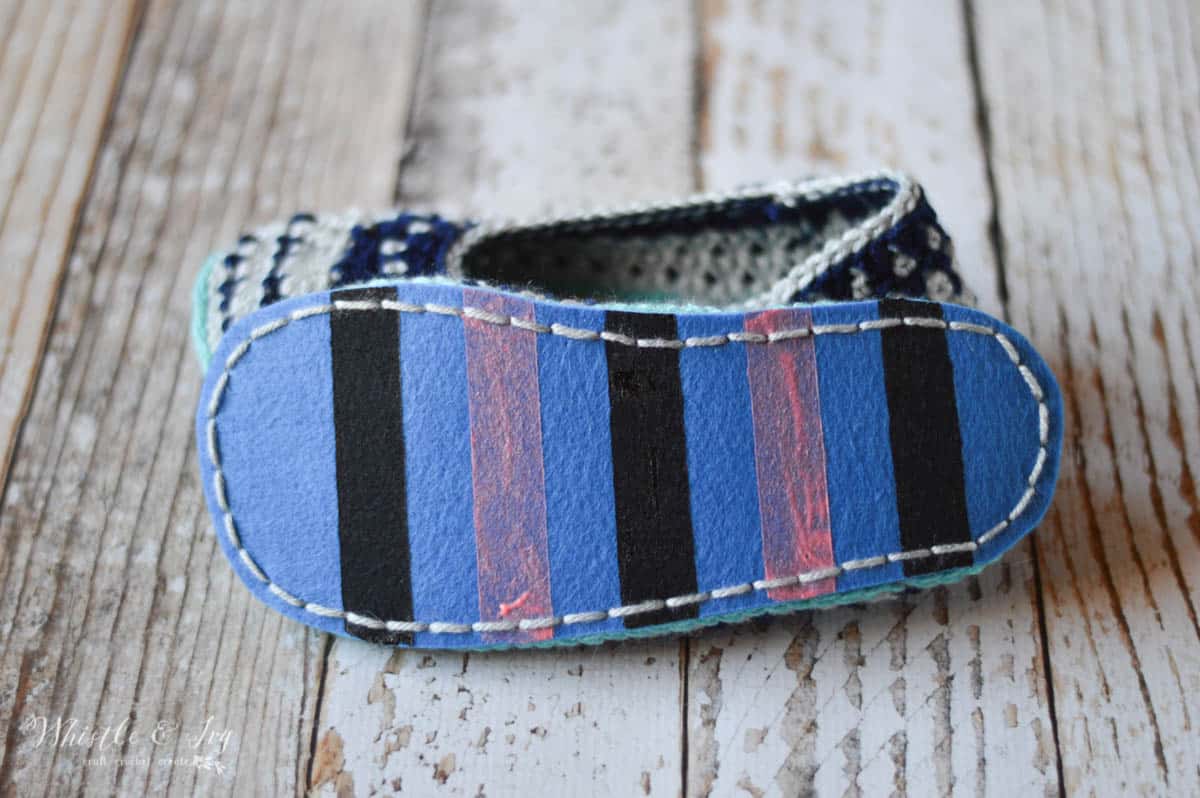
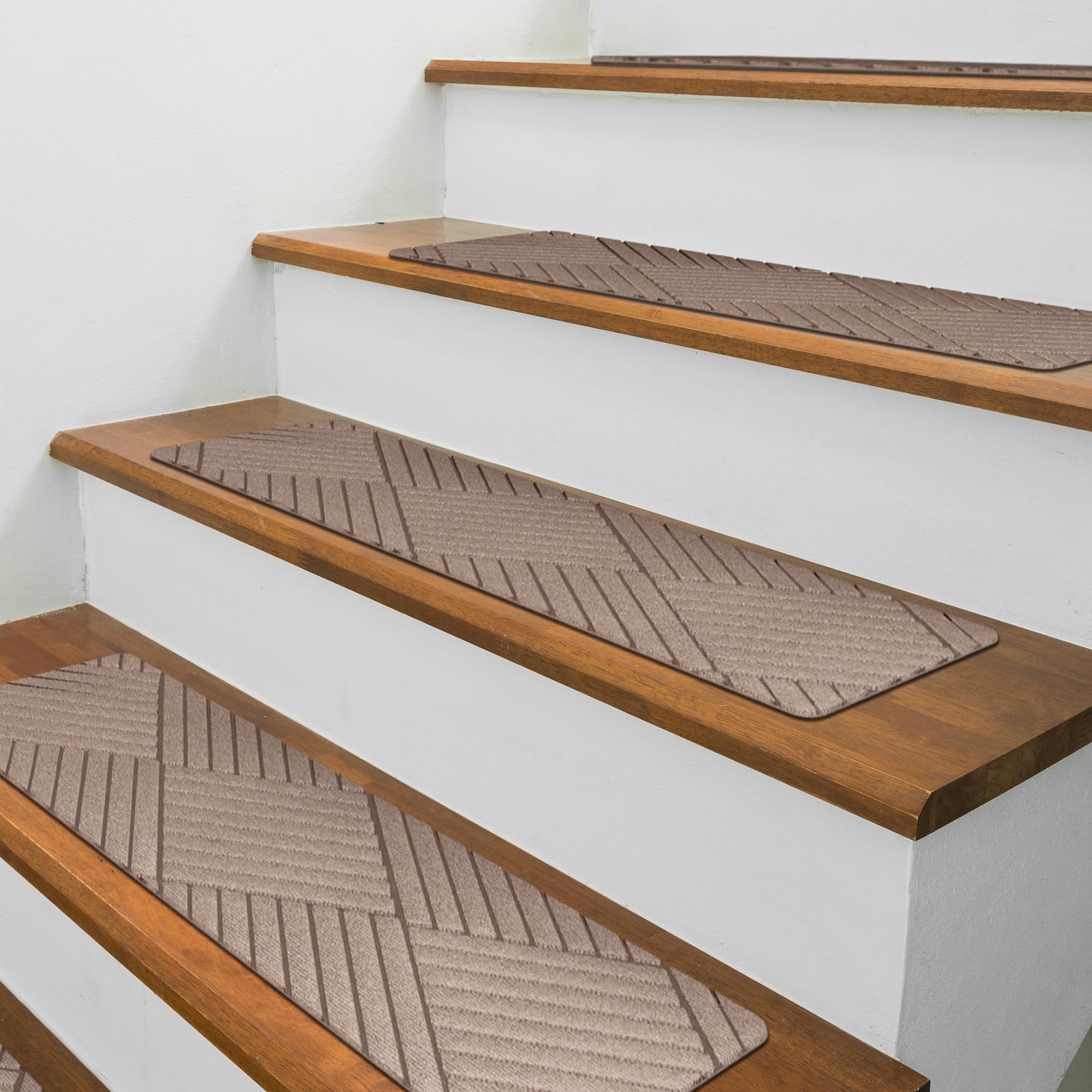
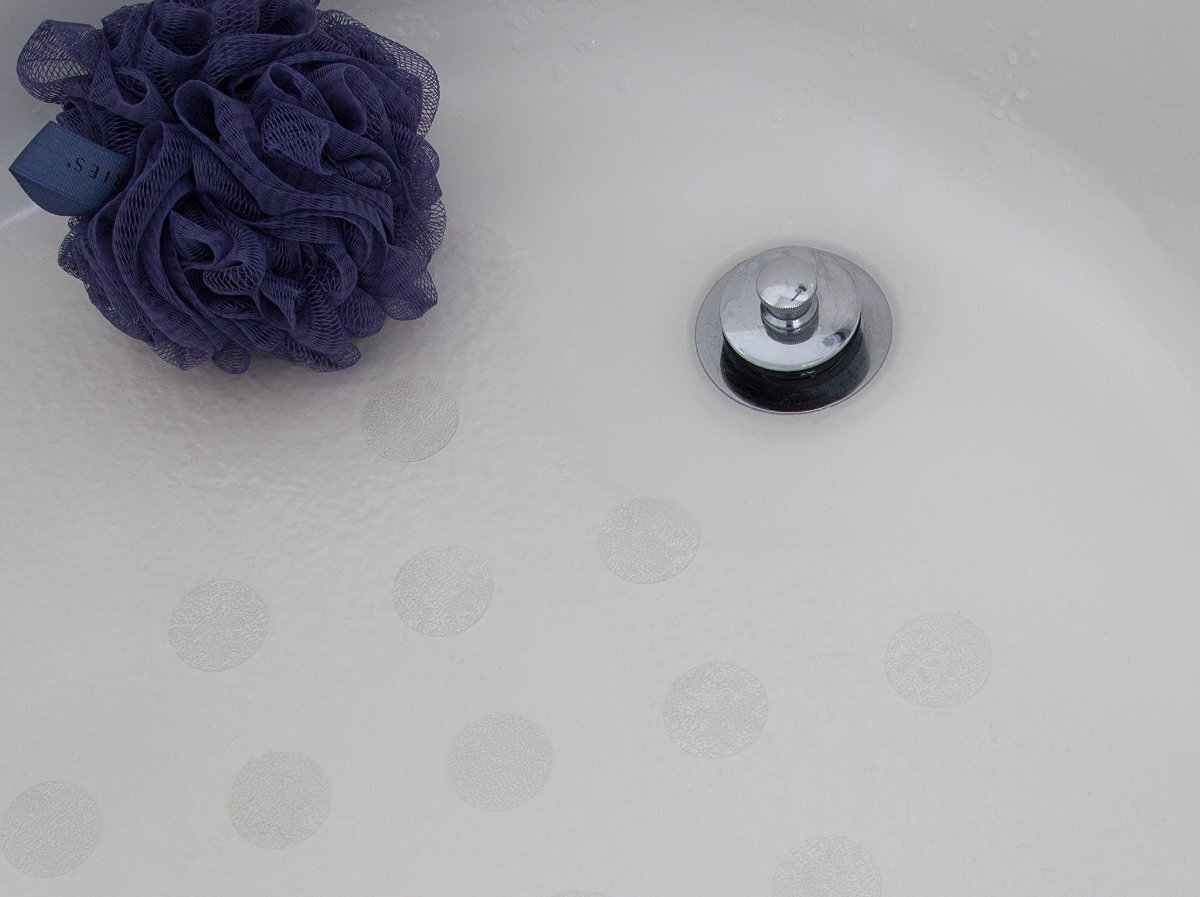
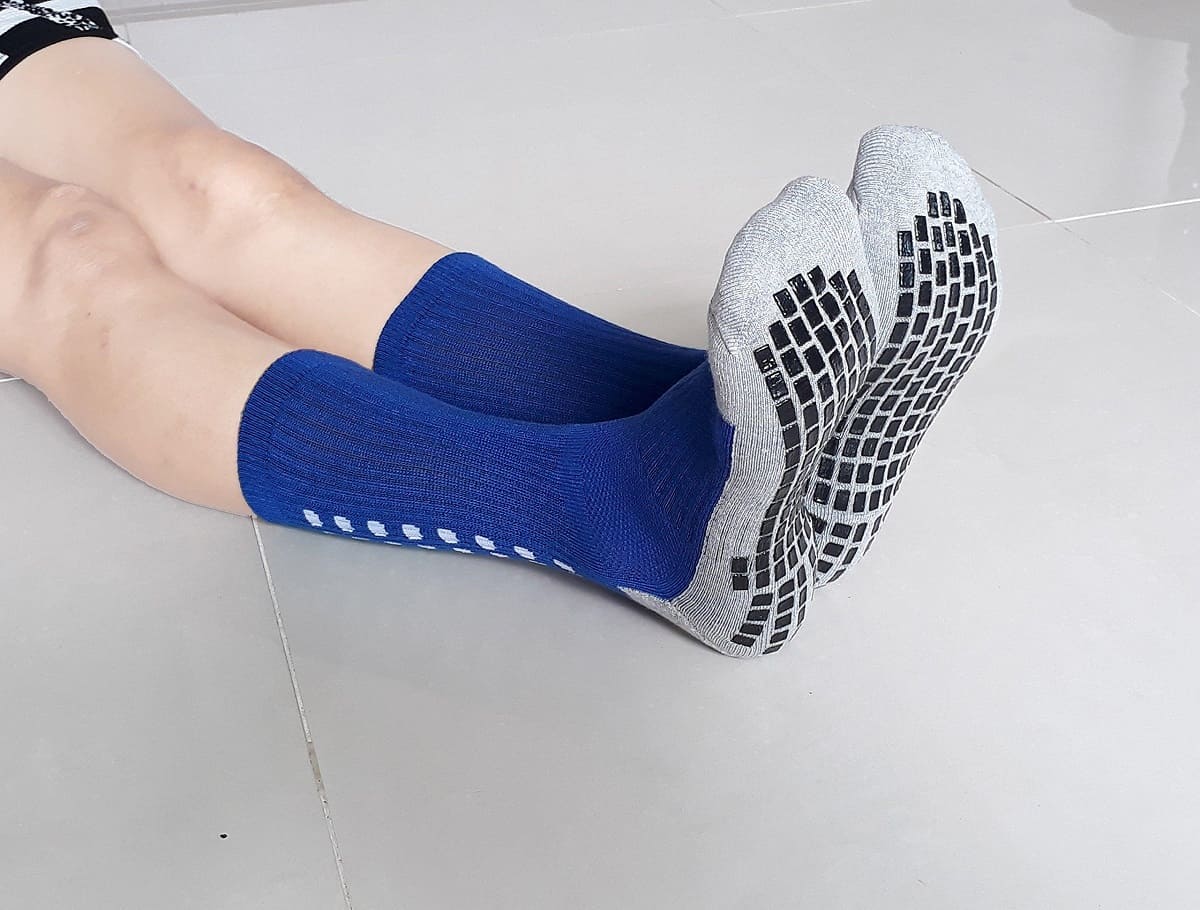
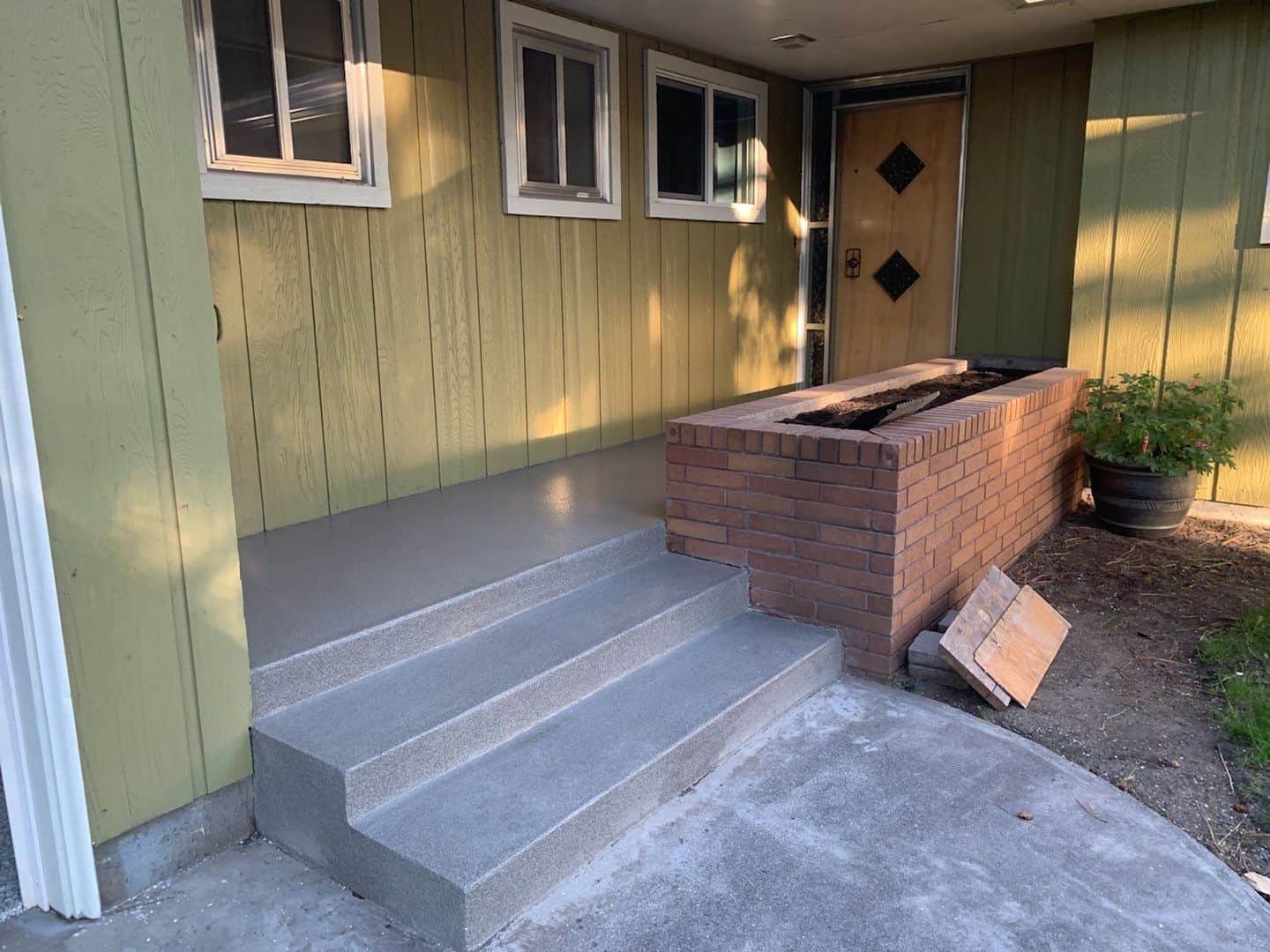
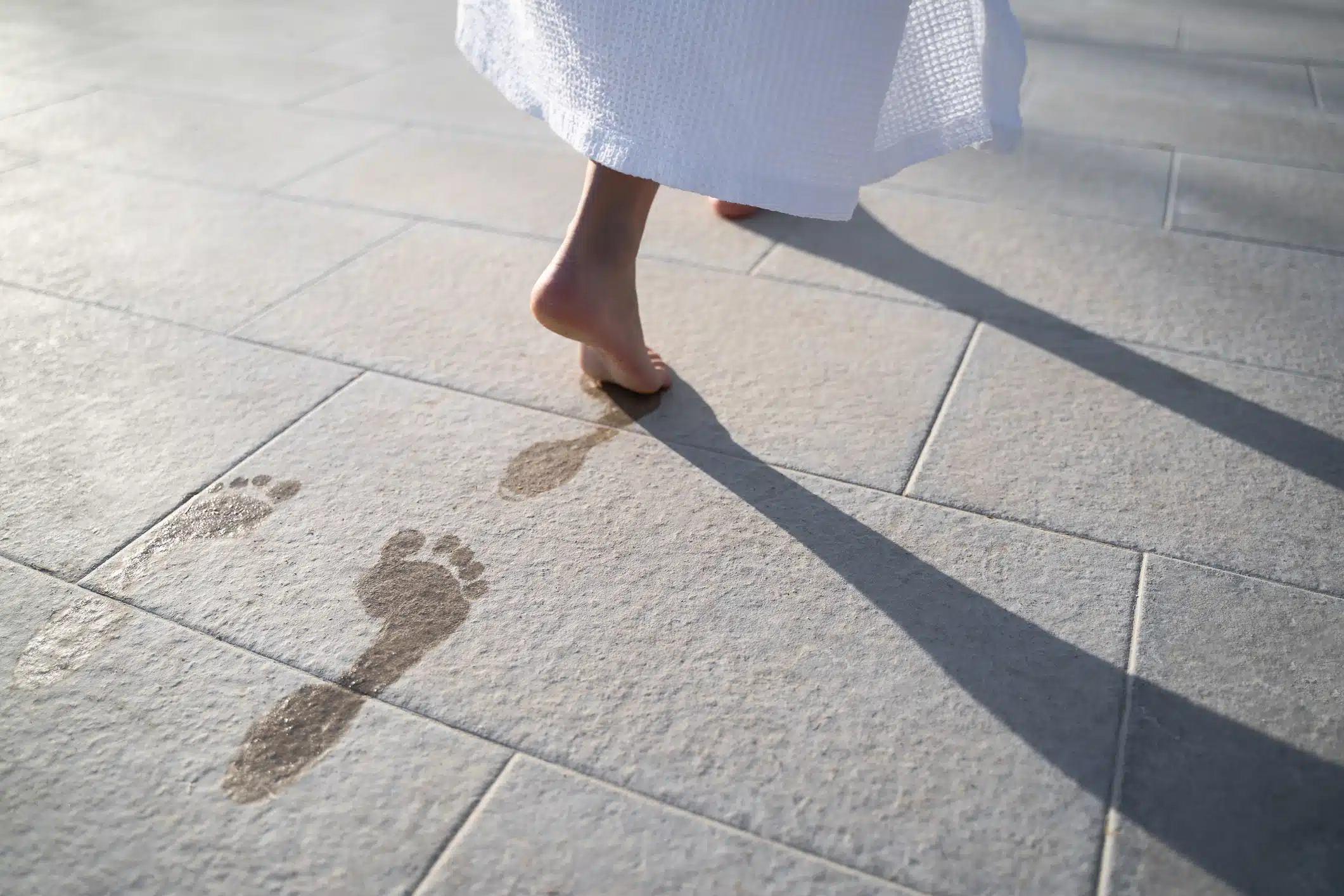
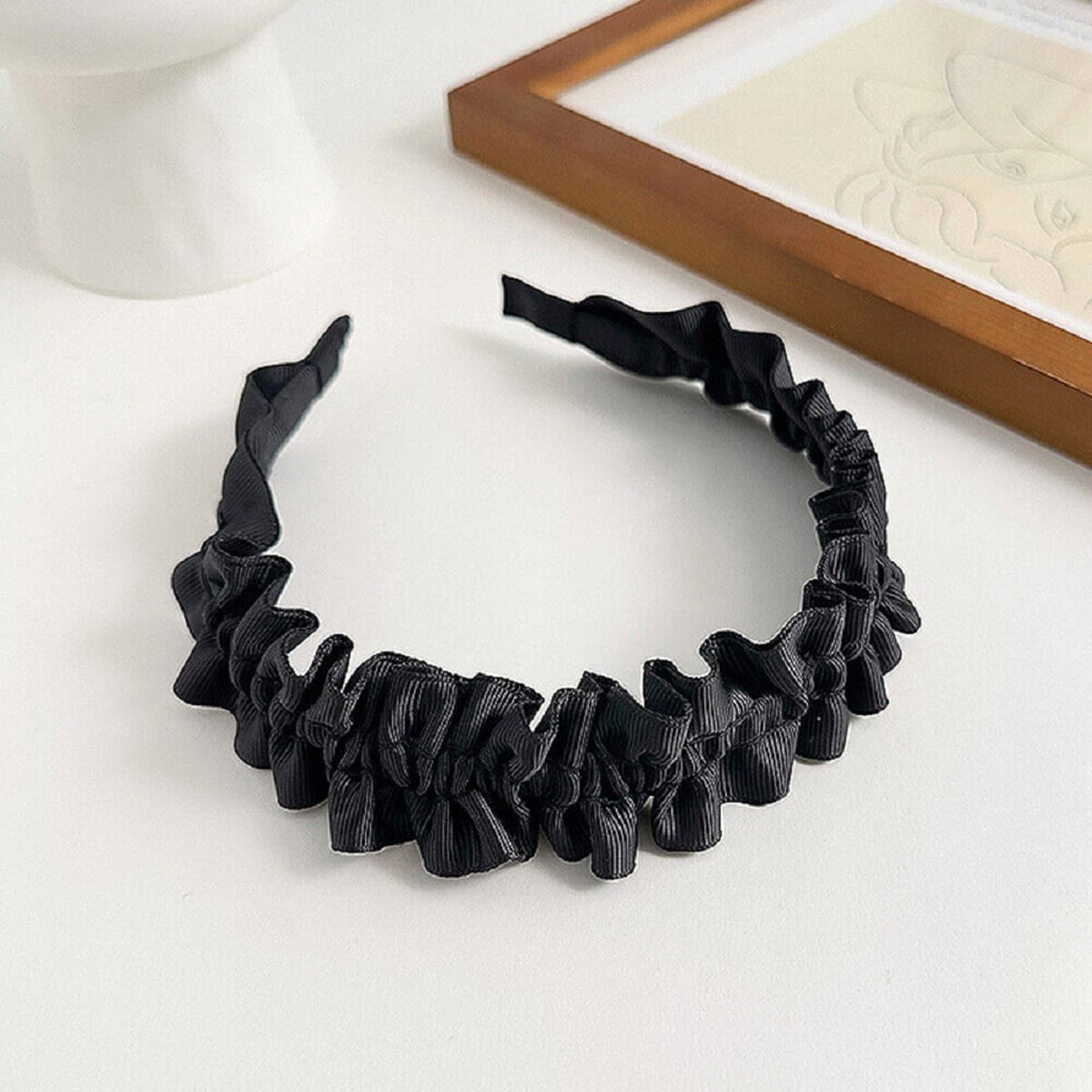
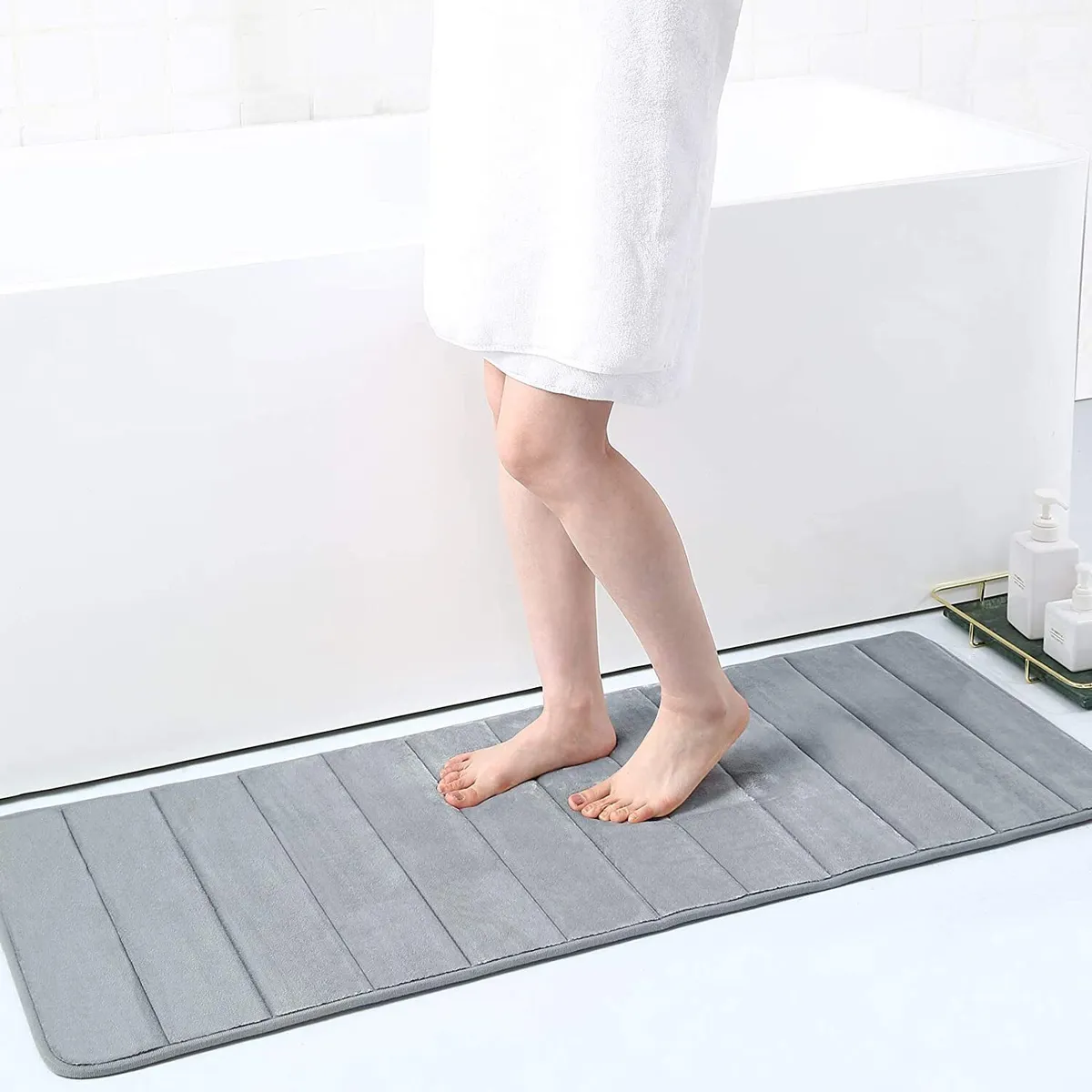
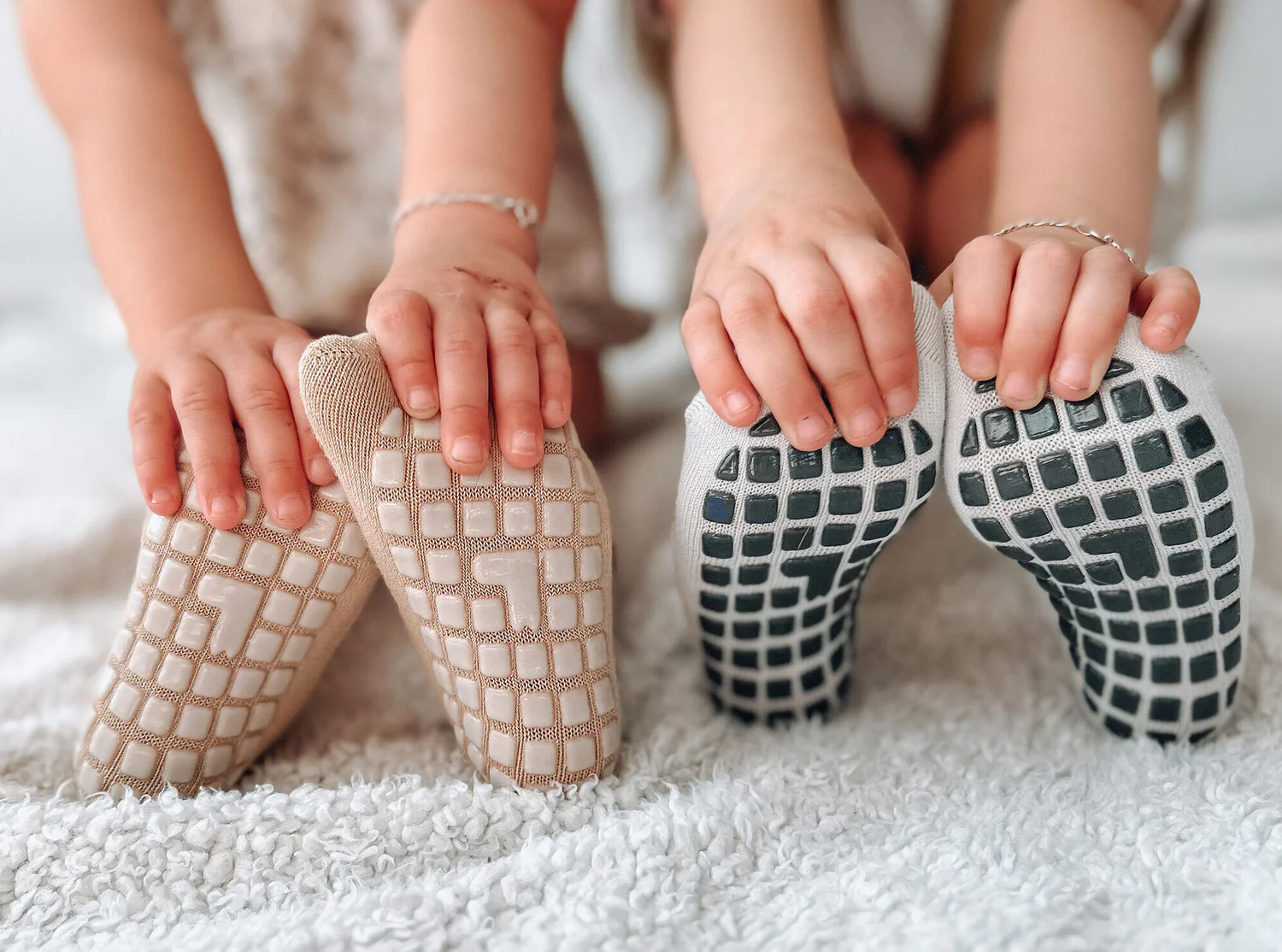
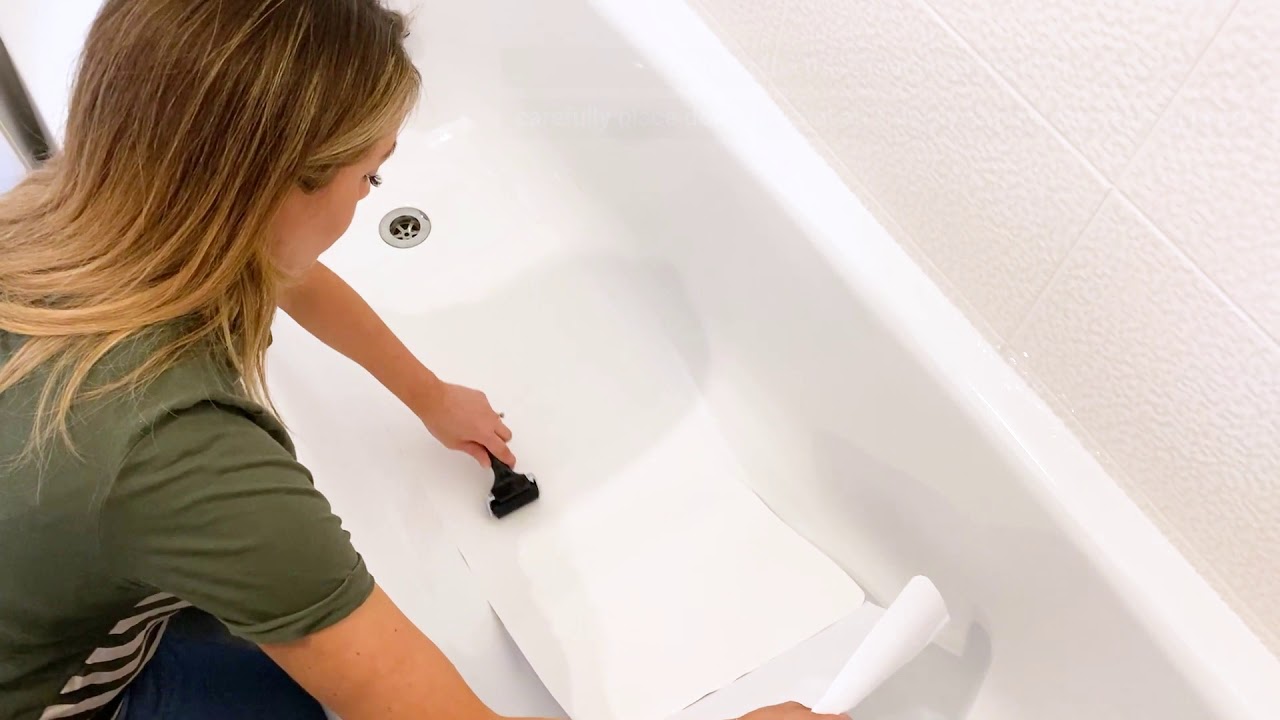
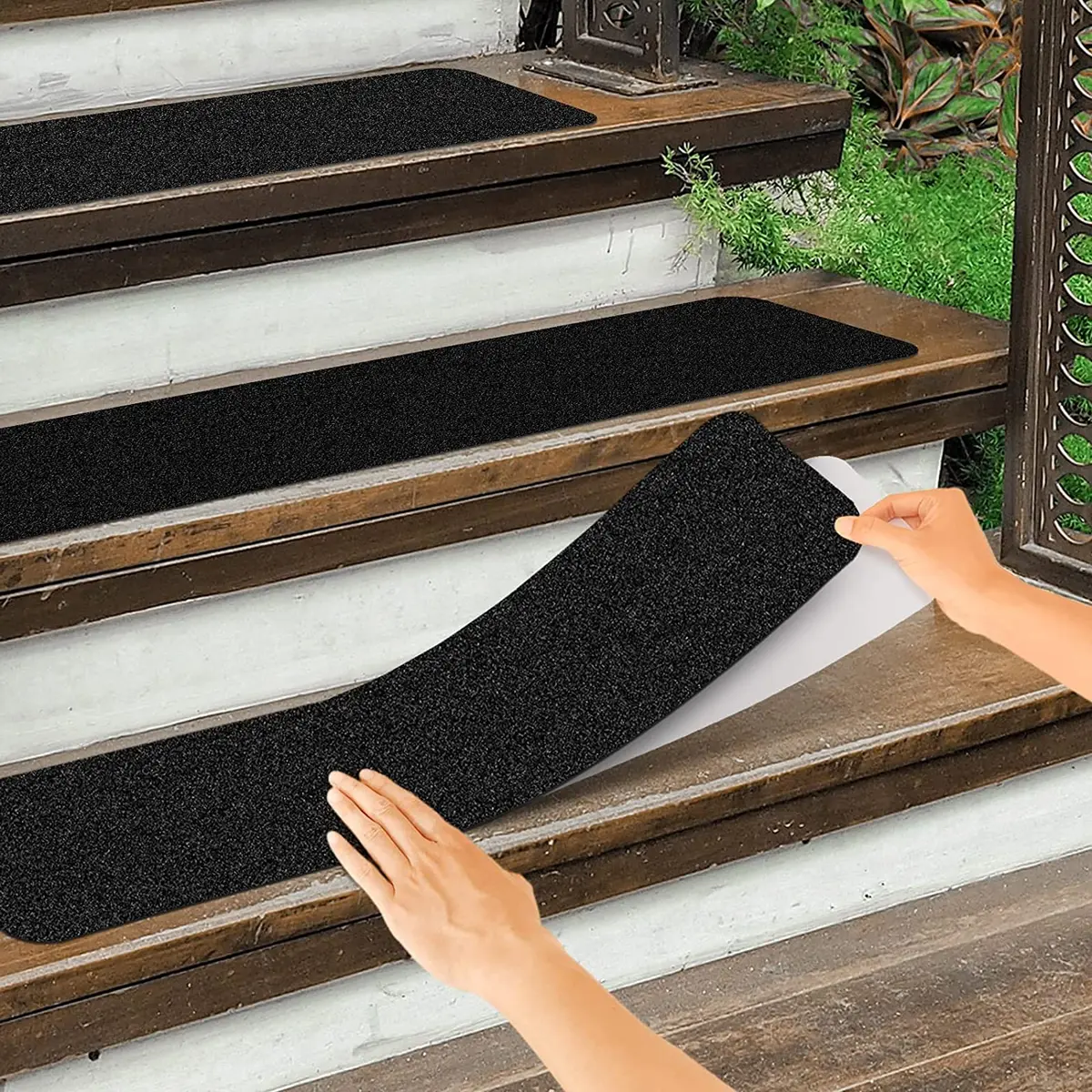
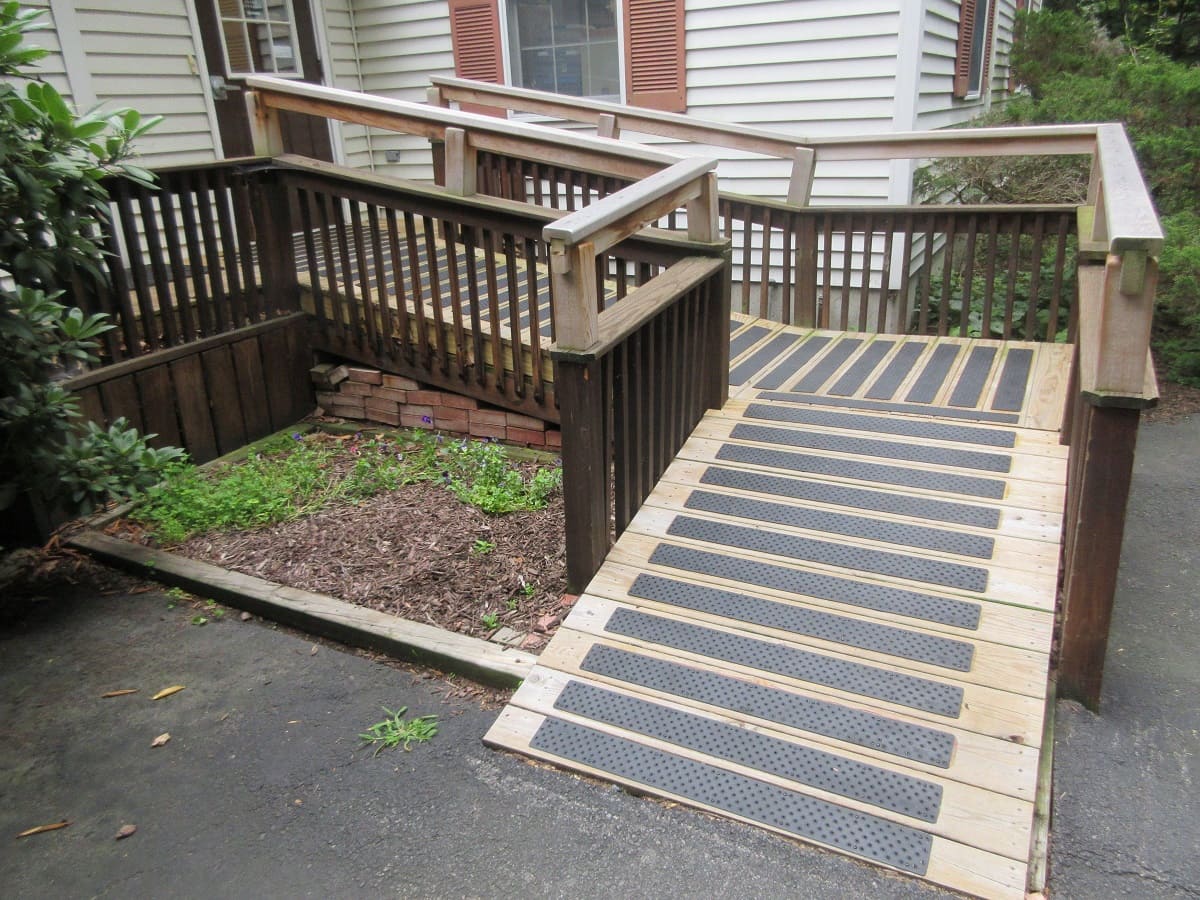

0 thoughts on “How To Make Your Bathtub Non-Slip”